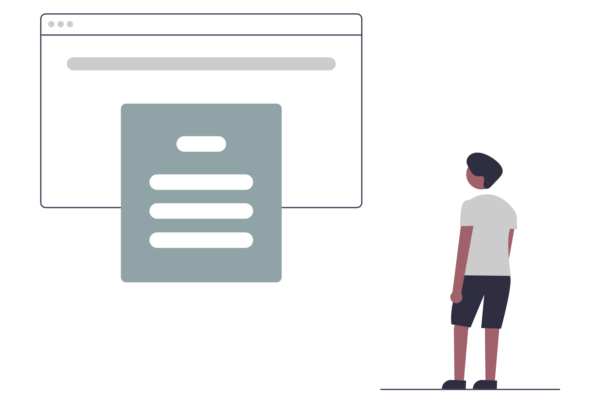Why Feedback Matters in Corporate Training
Giving and receiving feedback as a corporate trainer 🧑🏫 is not always a priority, but should it be? After all, feedback is a gift 🎁. Very buzzy, I know, but there is a lot of truth to that statement ✅. The better you are at giving and receiving feedback, the faster you will be able to grow 🌱, and the faster you can help those around you grow 📈.
In every training organization I have led, I implemented processes intended to foster a positive feedback culture 🤝. Processes that include observing trainers 👀 and providing feedback, having trainers observe one another and give feedback 🔁, and making myself available for observation so that trainers can offer feedback to me 🔍.
Through this process, I have learned and relearned lessons over and over again 🔄, highlighting the fact that we occasionally slip into old habits 🔁. Sometimes, a gentle reminder in the form of thoughtful and constructive feedback can quickly get us back on course 🧭.
In this blog post ✍️, we’ll explore best practices for giving and receiving feedback as a corporate trainer. Tried and true best practices that can be added to the existing models you follow 📚, and don’t promote sandwiching opportunities between two strengths 🚫🍞💪.
Giving Feedback as a Corporate Trainer
-
Demonstrate the Importance of Feedback through Timeliness ⏱️
Feedback is most effective when given soon after the event, while details are fresh 🧠. One business day or less after the observation is the maximum target that should be aimed for 🎯. The reason is that people’s memory of the situation will deteriorate 📉—both yours and the person you are providing feedback to. More importantly, being timely shows that providing feedback is a top priority 🚀. If days or weeks pass between observation and feedback, it sends the message that the feedback wasn’t that important to you, so why should it be important for them? 🤷
-
Break Down Barriers Early 🚪
When it comes to feedback, people can be defensive 🛡️. Especially if you are not providing feedback regularly, or you are new to providing feedback to this person. One analogy that works well to preface feedback is the “volume knob” analogy 🎚️.
Example:
“Many good things are happening during your training, and there are some areas where we can tweak your approach. Like turning the volume knob on a stereo, we just want to dial some things up a little from 8–9 or a 9–10.”
This helps them visualize that you aren’t coming from a belief that they are at a zero or a one and doing a terrible job ❌. Rather, you acknowledge that they are doing well 👍 and still believe that their performance can continue to improve 📈.
-
Make It Conversational 🗣️
Just like in the classroom 🏫, your feedback shouldn’t be one-sided. There should be agreement from both parties that the behaviors you are providing feedback about are indeed areas that can be improved 🔍. To do this, ask the person you are giving feedback to about their perspective before jumping into your perspective.
Examples:
- “Are you aware of any crutch words you use while delivering training?” 🗯️
- “What were your thoughts on how the class reacted after you briefed the activity?” 🤔
Asking questions like this will give you a sense of how aware the person is of the behaviors you’re providing feedback about. This gives you the information you need to match your approach to their awareness 🧭. You’ll likely be surprised by how often they are aware of and admit they need to work on the opportunity before you share it 💬. So keep your feedback conversational. After all, feedback is part of the learning process 📚, and we know adult learning styles emphasize that adults need to be active participants in their learning 👥.
Receiving Feedback as a Corporate Trainer 🎤
Just as important as giving feedback is being open to receiving it 🙌. Constructive feedback helps trainers refine their methods, improve their delivery, and ensure their training programs meet learners’ needs 🎯.
-
Create a Feedback-Friendly Environment 🏗️
Encourage a culture where feedback is welcomed 🤝. Let your leaders and peers know that you would like to receive their feedback. If you are working on improving in a specific area, call that out and ask them to keep a close eye on that section of your delivery 👀.
Ways to encourage open feedback:
- Ask for help. “I always look for ways to improve, so I welcome any feedback on how I can make this training more effective. Is that something you can help me with?” 🙏
- Get specific about what you want help with. “I am working on using stories as an engagement tool to introduce topics 📖. Can you keep a close eye on how my stories land and give me tips or tricks that I can use to improve?”
-
Choose the Right Time ⏳
Timing is everything ⌛. You may not be in the right headspace for feedback at the scheduled time 🧠. There may be something going on in your personal life, or you may be working through a conflict at work ⚡. If this is the case, talk to the person you’re scheduled to get feedback from and find a different time that you’ll be in a better headspace 🌤️. You don’t want to put that person in a situation where they are inadvertently fueling the fire 🔥 building up inside you because they are unaware of your current situation.
-
Actively Listen and Avoid Defensiveness 👂
When receiving feedback, listen with an open mind 🧘. Resist the urge to justify or explain your choices immediately. Instead:
- Assume positive intent 💡. Assume that the person providing feedback is genuinely trying to help.
- Thank the person for their feedback 🙏.
- Paraphrase to confirm understanding (e.g., “So you’re saying the pacing felt a bit too fast?”) 🔁
- Ask clarifying questions if needed ❓
- For more on active listening, check out the Harvard Business Review.
-
Follow-Up 🔄
Share what you have been working on and your progress with those who have given you feedback 📈. This shows that you valued what they provided and encourages them to provide further coaching 🗣️.
Conclusion 🎬
Giving and receiving feedback as a corporate trainer is essential. 🎯. By adopting these tried-and-true best practices, you can provide timely ⏰, conversational 🗣️ feedback without barriers. At the same time, being open to receiving feedback allows you to refine your own skills 🛠️ and create more impactful training sessions 💡.
Whether you’re helping trainers develop their abilities 💪 or improving your own effectiveness, mastering the art of giving and receiving feedback will set you up for long-term success 🌱. The key is to foster an open, growth-oriented mindset—because the best trainers are always learning, too! 📚
Until next time 👋.




